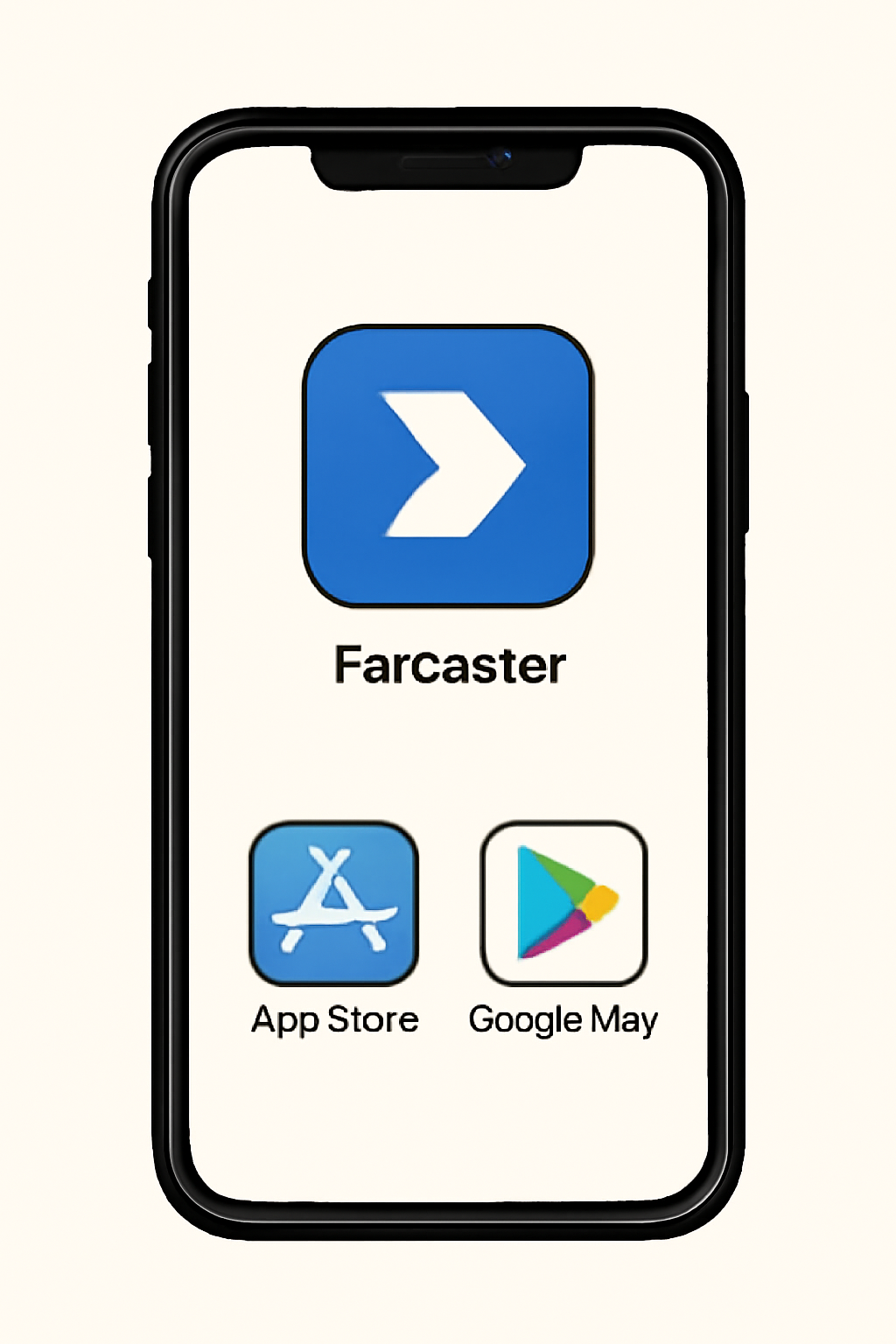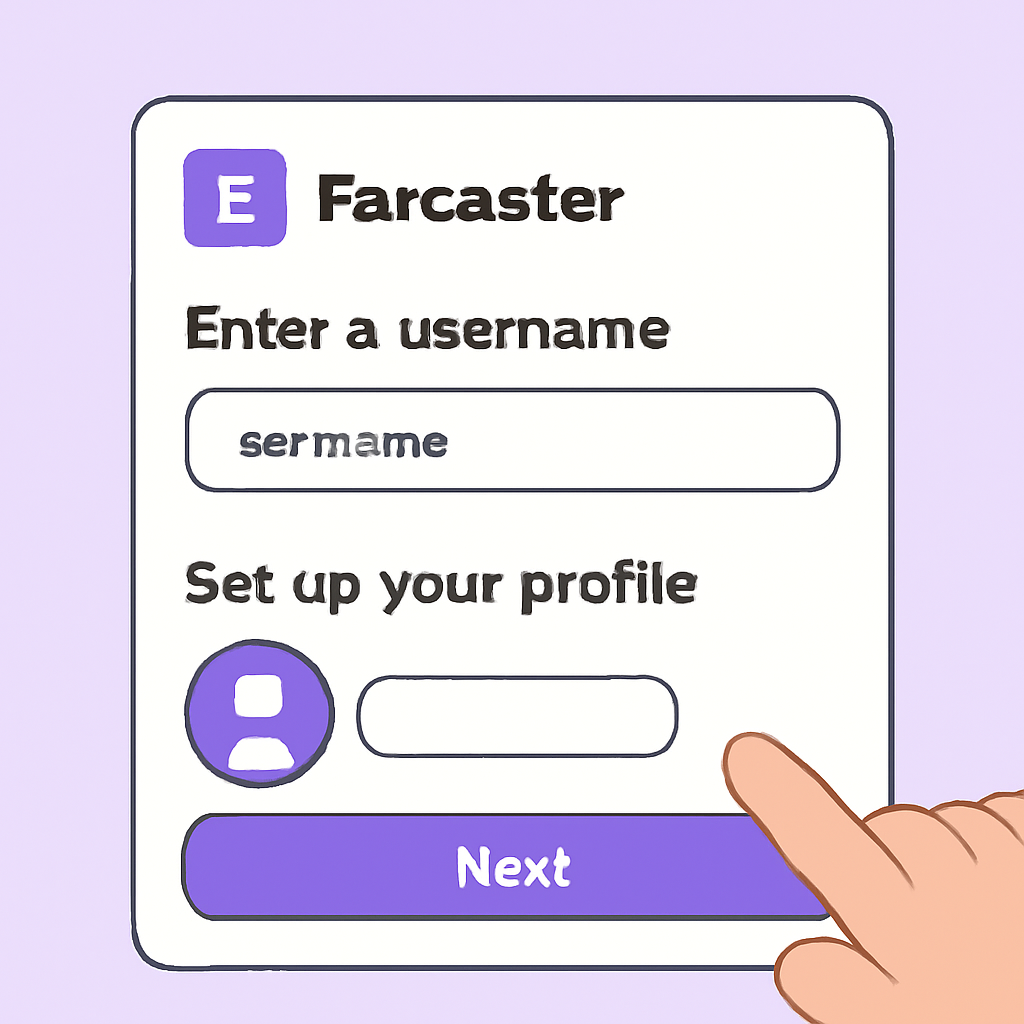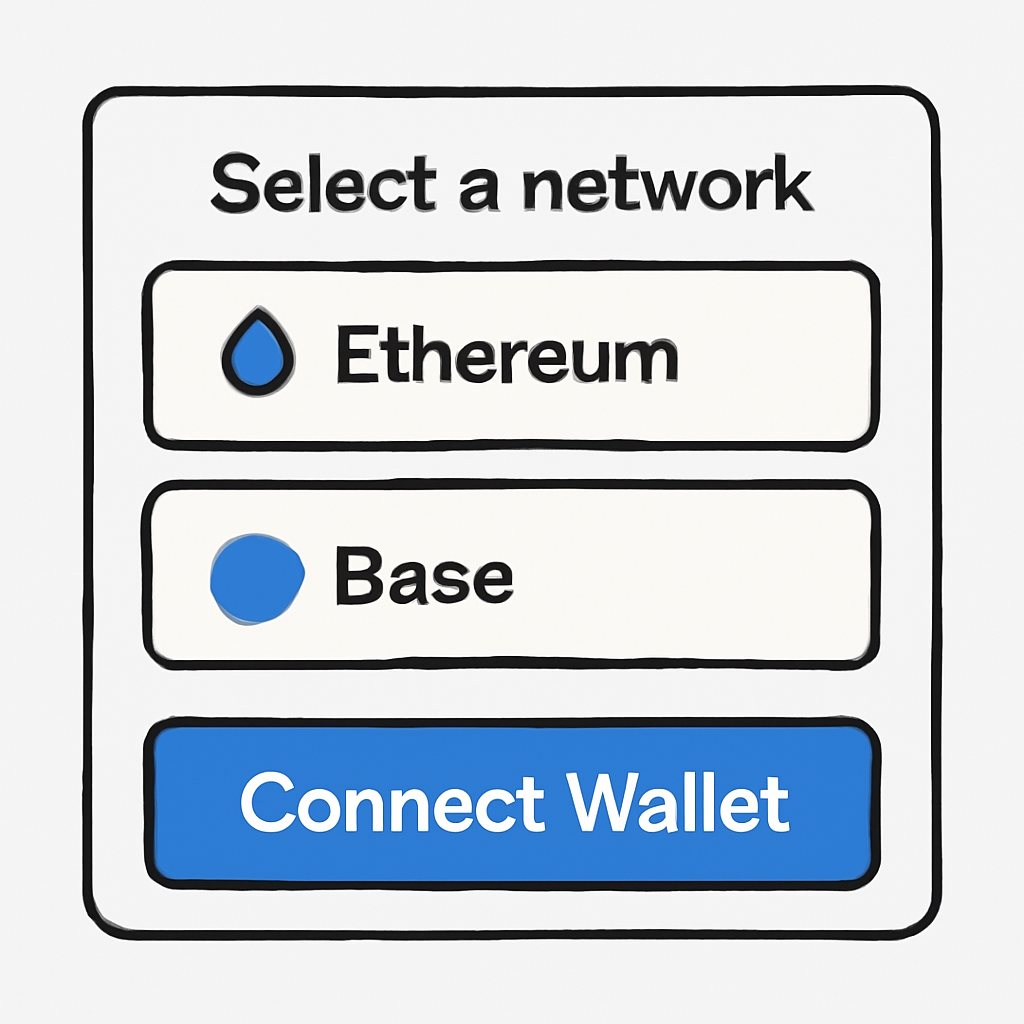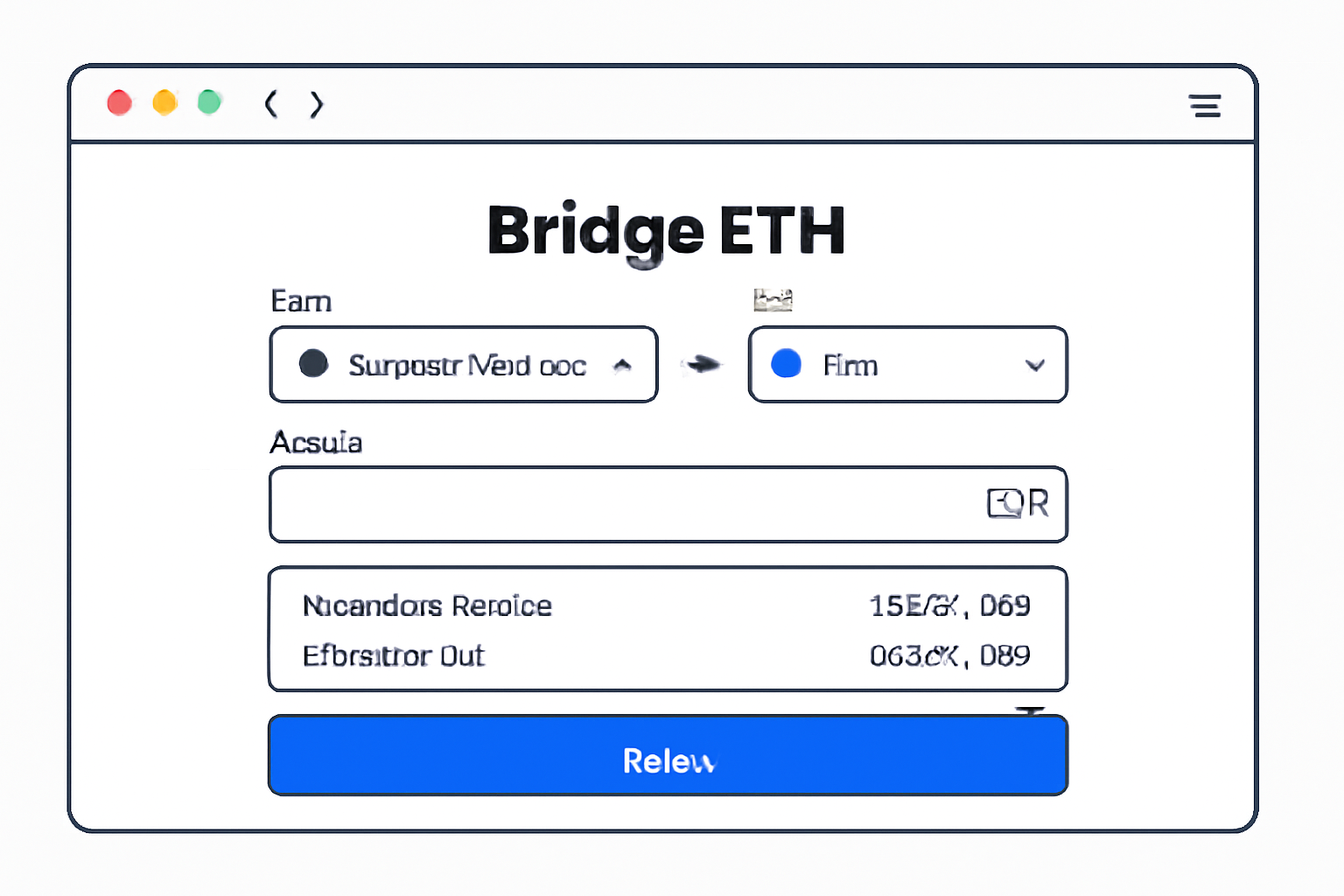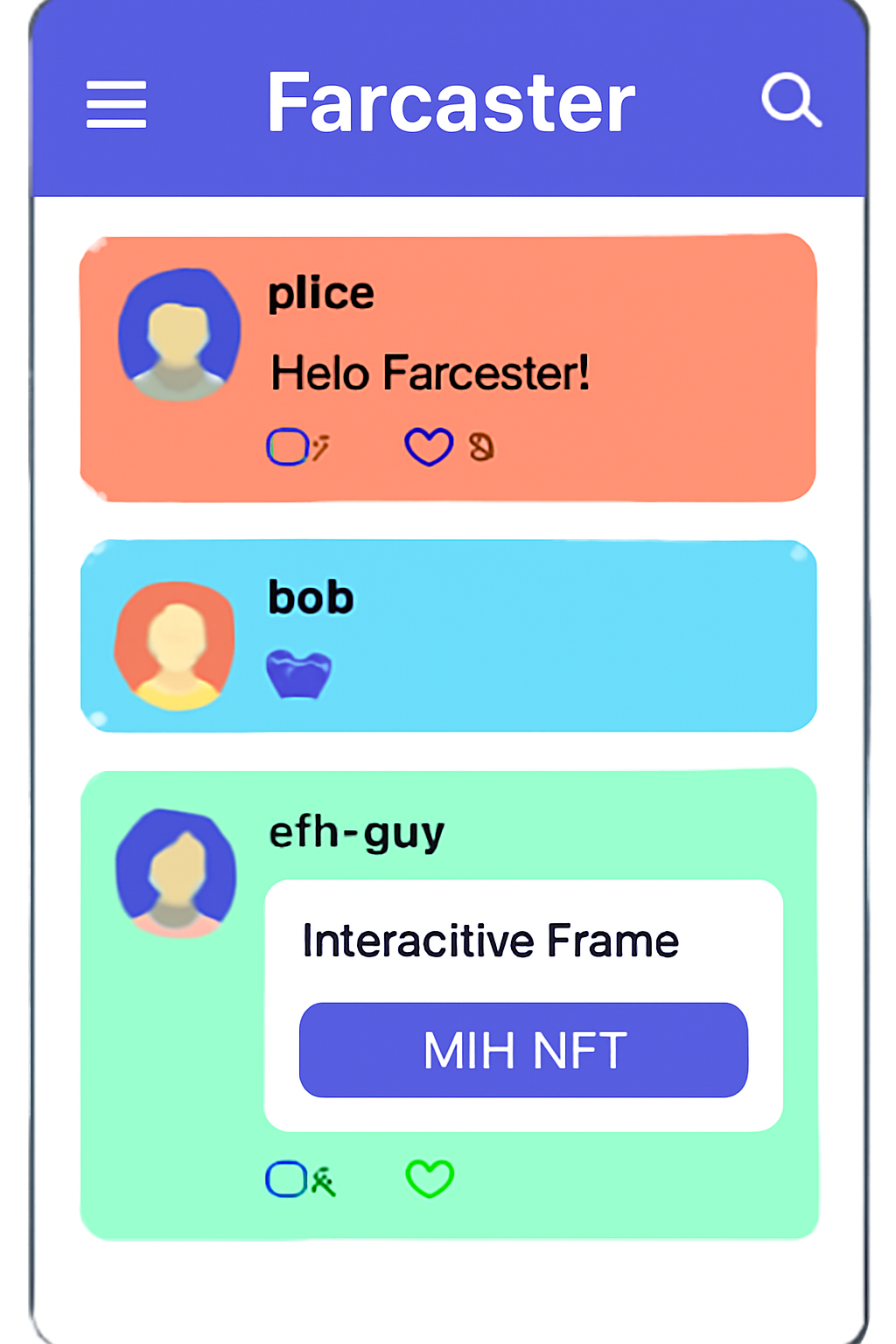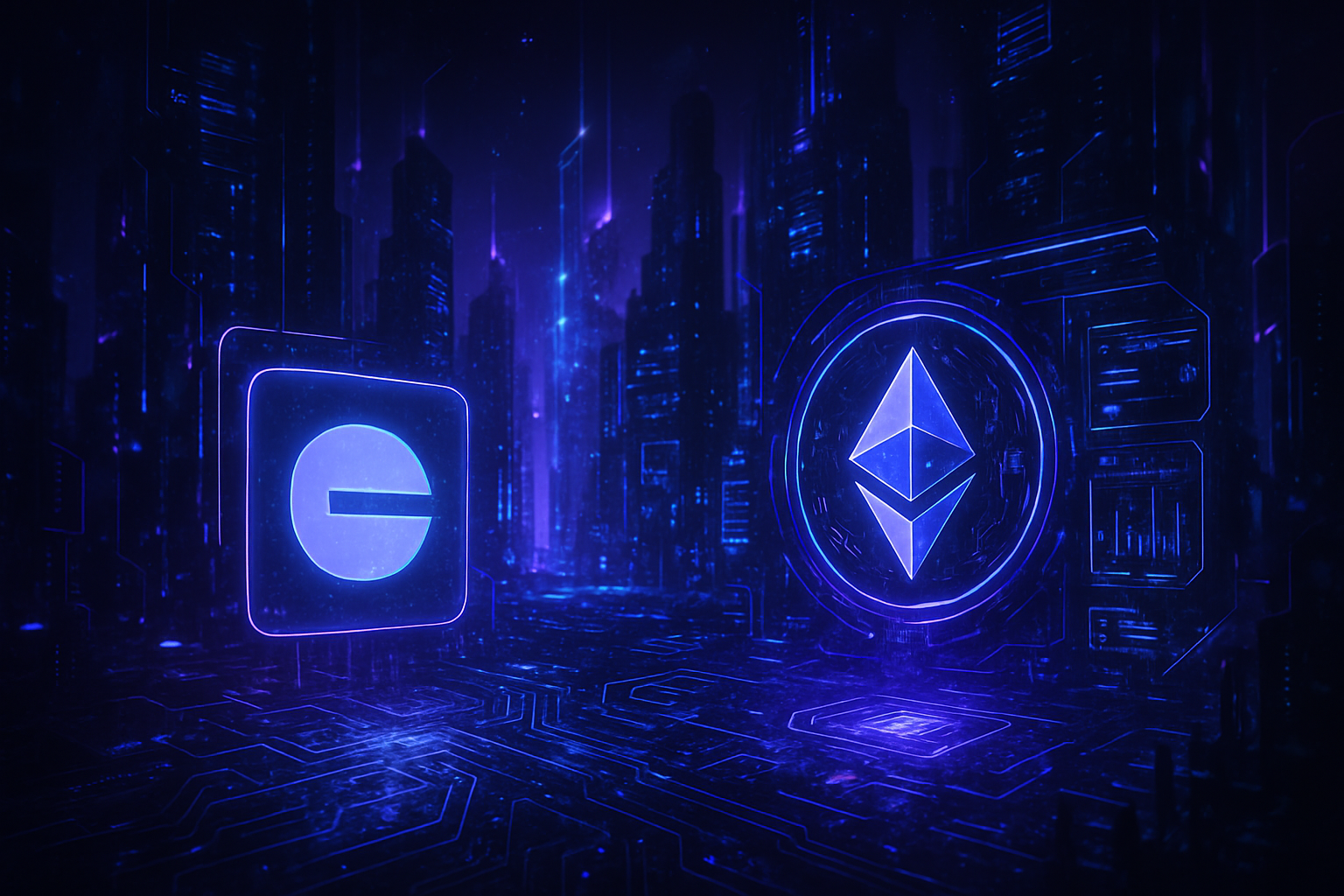
The intersection of decentralized social networking and scalable blockchain infrastructure is reshaping how we interact online. Farcaster, a protocol designed for open social graphs and composable social apps, is now natively available on Base, Coinbase’s Ethereum Layer 2. This pairing delivers a frictionless, censorship-resistant alternative to traditional social media, empowering users with true ownership of their identities, posts, and connections. In this guide, we’ll break down how to get started on Farcaster using Base, demystify core features, and highlight why this new paradigm matters for both users and developers.
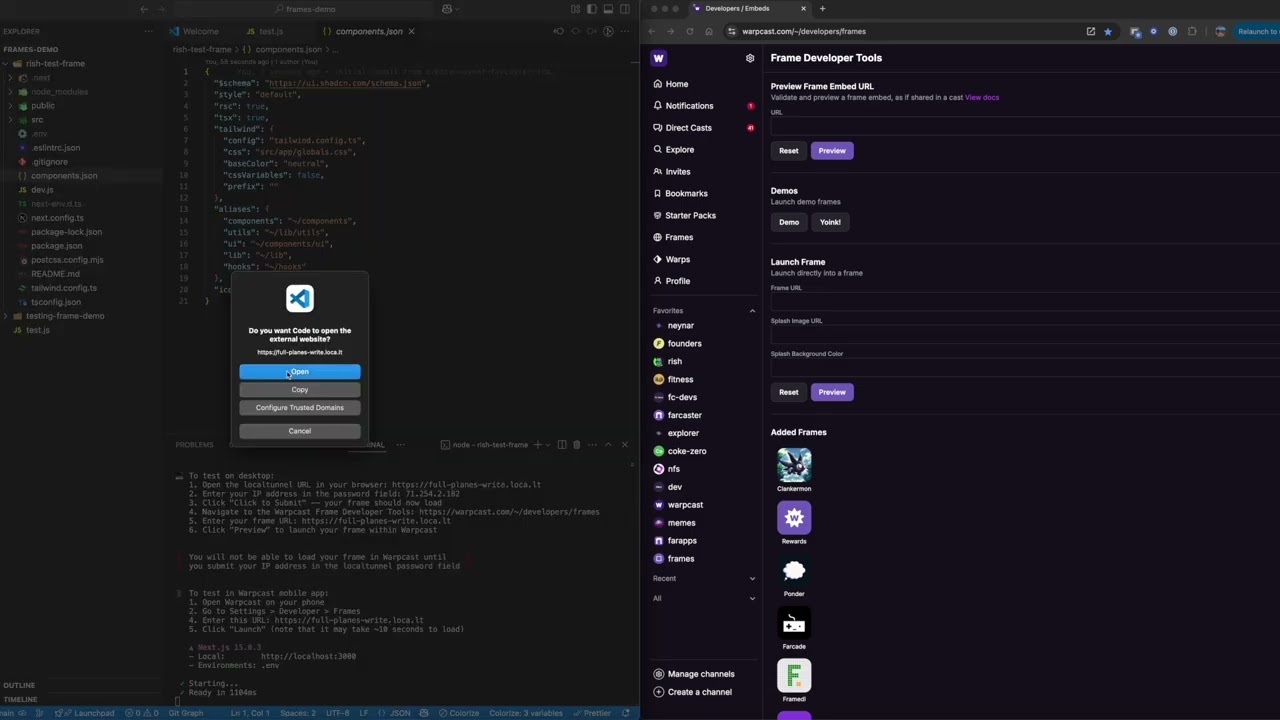
Why Choose Farcaster on Base?
Traditional social networks monetize user data and operate as closed platforms. In contrast, Farcaster runs as an open protocol, letting anyone build apps or services that plug into its network. By leveraging Base, which offers low fees and high throughput thanks to its Layer 2 architecture, Farcaster becomes accessible to a wider audience without sacrificing decentralization or composability.
This combination unlocks several advantages:
- User control: You own your data and can move it between apps.
- Lower costs: Posting, interacting, or building apps is affordable due to Base’s reduced transaction fees.
- Developer-friendly: Open APIs and composable standards mean faster innovation and more diverse applications.
- On-chain social actions: Features like NFT minting or token creation can be triggered directly from your social feed.
If you’re eager to dive deeper, check out our comprehensive Farcaster onboarding tutorial.
Step-by-Step: Getting Started with Farcaster on Base
Let’s walk through the essential onboarding steps:
- Create a Farcaster Account: Download the official Farcaster client from your app store. The app guides you through simple account creation, requiring an Ethereum-compatible wallet.
- Set Up or Connect Your Wallet: You can use the built-in wallet or link an existing one (such as MetaMask or Coinbase Wallet). This wallet will be tied to your Farcaster identity for signing messages and transactions.
- Bridge ETH to Base: To interact with dApps or pay minor transaction fees, you’ll need ETH on Base. Use a reputable bridge service to move ETH from mainnet to Base. Start with a modest amount, enough to cover a few transactions.
This streamlined process means you’re never locked in: your identity is portable, your assets are yours, and you’re ready to explore a growing ecosystem of SocialFi apps built atop Base.
Navigating Core Features: Casts, Recasts, Likes and Frames
The magic of decentralized social networking lies in its familiar yet supercharged feature set. Here’s what you’ll encounter after onboarding:
Key Features of Farcaster on Base
-
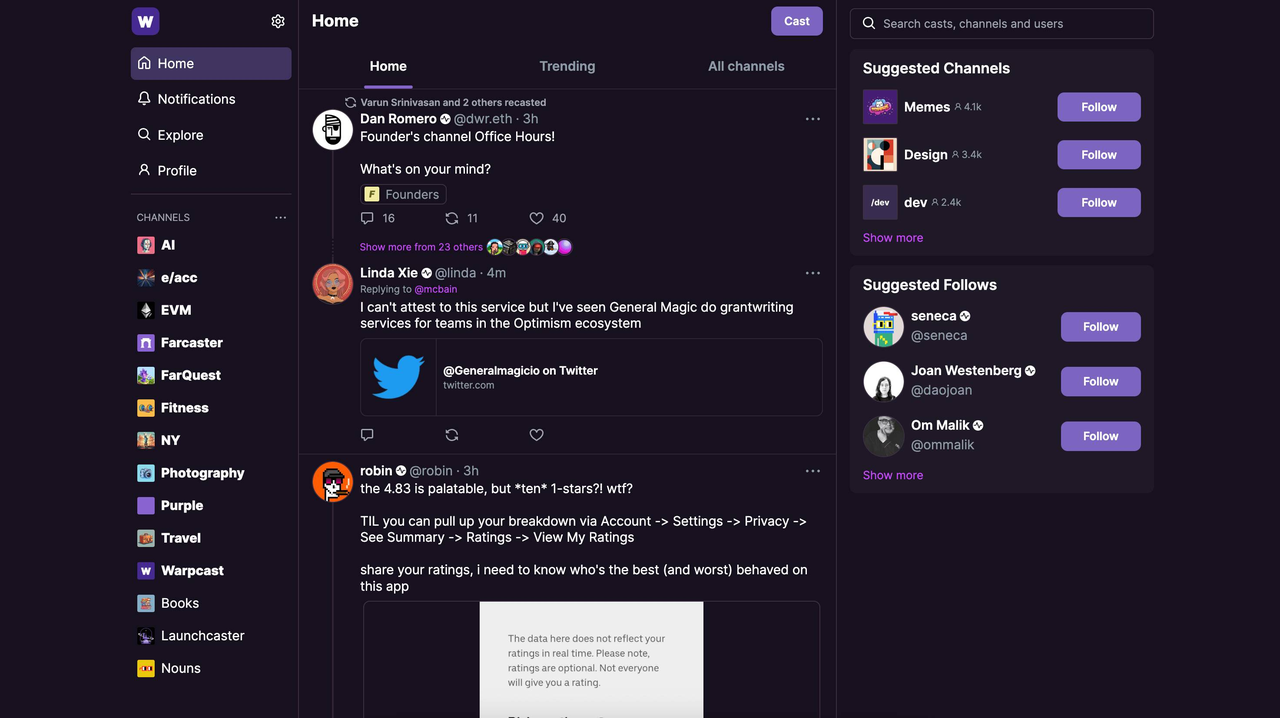
Casts: Share posts with your followers, similar to tweets, directly on the decentralized Farcaster network.
-
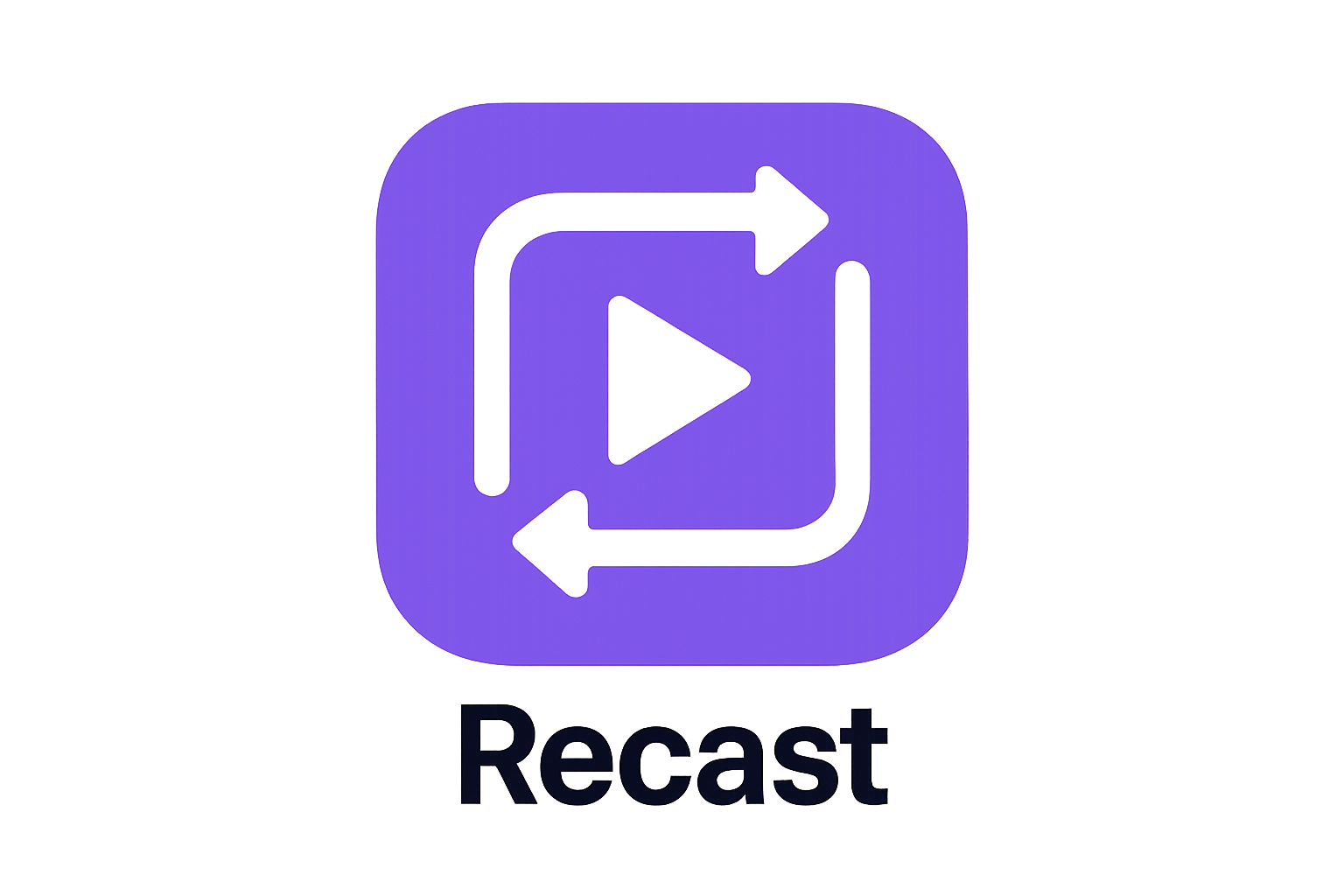
Recasts: Amplify others’ content by sharing their casts to your own followers, functioning like retweets.
-

Likes: Engage with and support content by liking individual casts, promoting quality discussions.
-
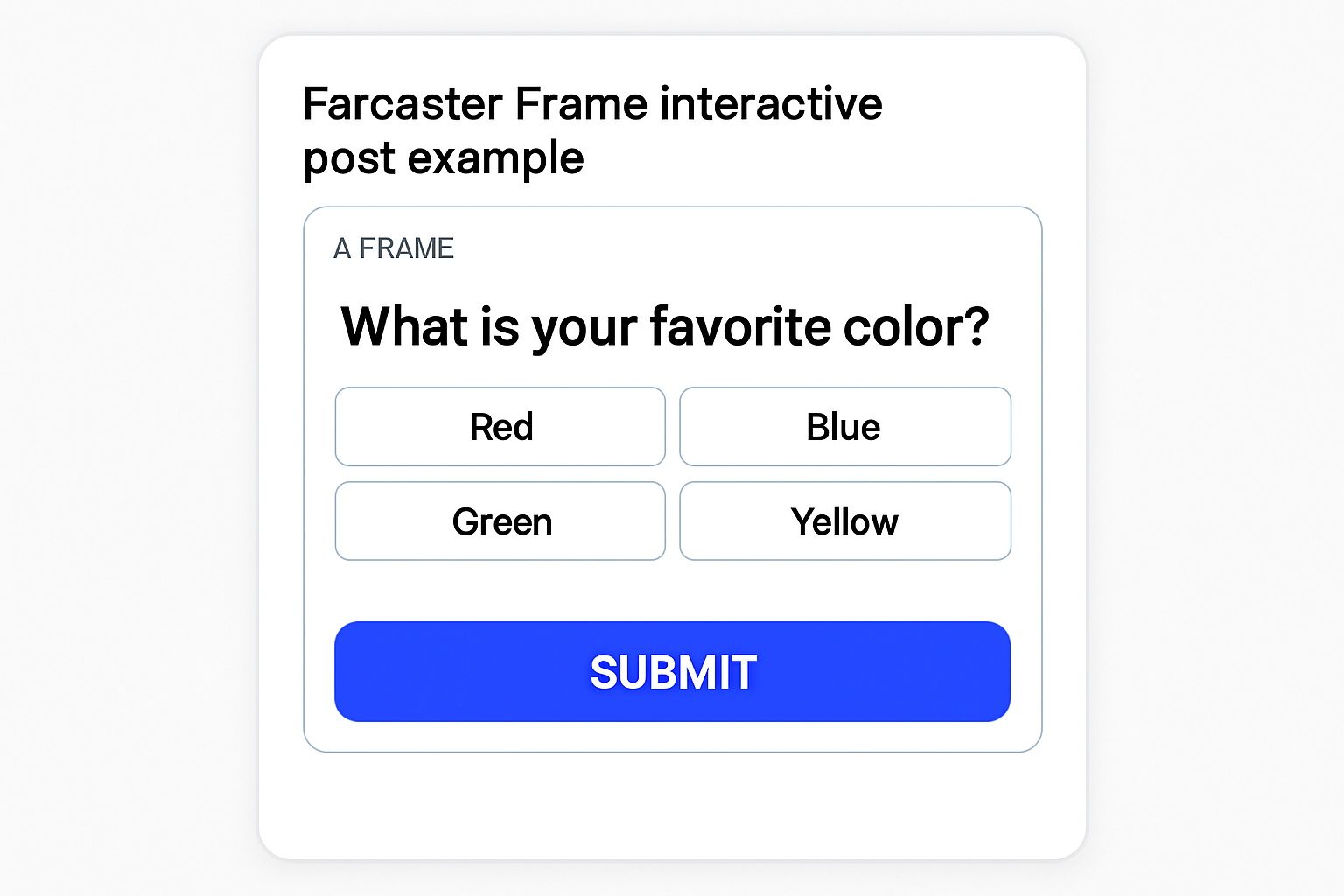
Frames: Create interactive posts that can include buttons for external links or on-chain actions, such as minting NFTs within the Farcaster client. Learn more
-
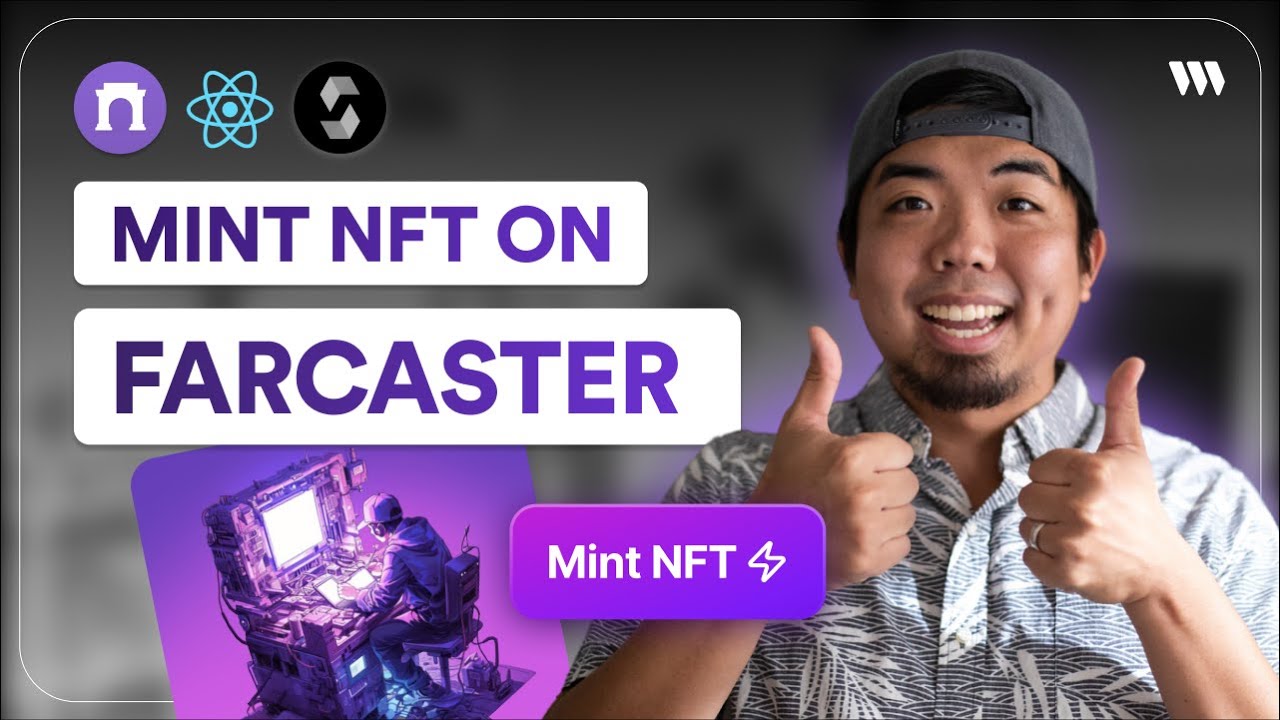
NFT Minting: Enable users to mint NFTs directly from Frames, leveraging Base’s low fees and scalability for seamless on-chain experiences.
Casts are short-form messages similar to tweets. Recasts let you share others’ posts with your followers. You can also like content, helping surface the best ideas in your feed. The real innovation comes with Frames: these are interactive posts that can include buttons for actions like linking out, triggering smart contracts, or even minting NFTs directly within the app. Frames make it possible to blend social engagement with on-chain utility, no technical expertise required.
If you’re curious about building Frames or want to see real-world examples, browse our developer resources or see this hands-on guide on using Farcaster mini apps on Base.
Beyond basic posting, Farcaster on Base unlocks a new dimension of on-chain interaction. For instance, you can mint NFTs, launch tokens, or delegate Frame custody to smart contracts, all from your social feed. This composability is what sets Farcaster apart in the SocialFi landscape: it’s not just a protocol for sharing thoughts but a canvas for building and experimenting with decentralized applications that live inside your social graph.
Advanced Use Cases and Developer Opportunities
For developers, Farcaster’s open architecture on Base means rapid prototyping and low-cost experimentation. Using frameworks like MiniKit, you can wrap web apps as Farcaster mini apps and deploy them to platforms like Vercel or Netlify. By configuring a simple farcaster. json manifest, your app becomes discoverable inside Farcaster clients, no app store gatekeepers or centralized approval required.
Some innovative use cases already emerging include:
Real-World Farcaster Frames & Mini App Examples
-
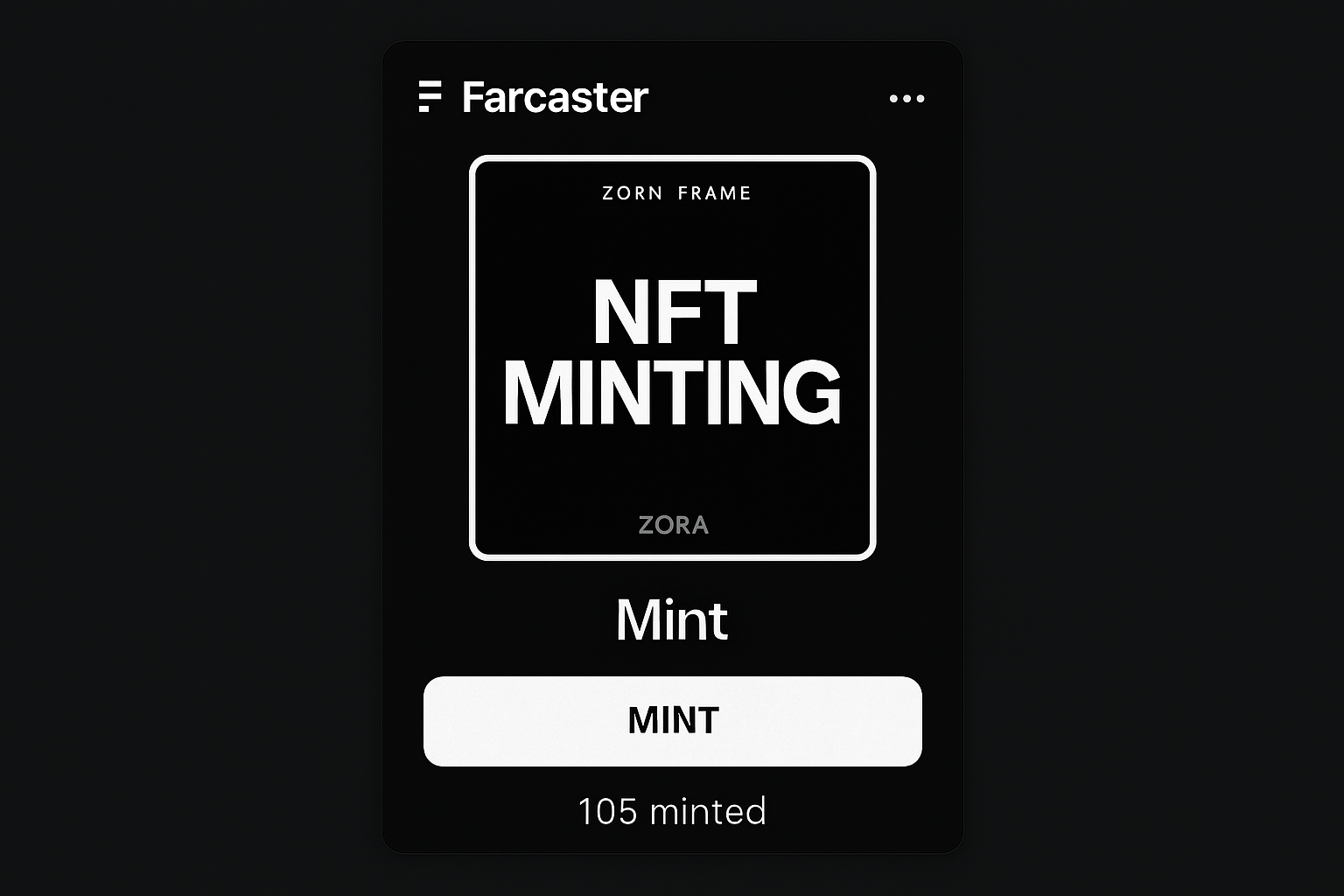
NFT Minting with Zora Frame: Users can mint NFTs directly within Farcaster by interacting with a Zora Frame, which streamlines the minting process without leaving the social feed.
-
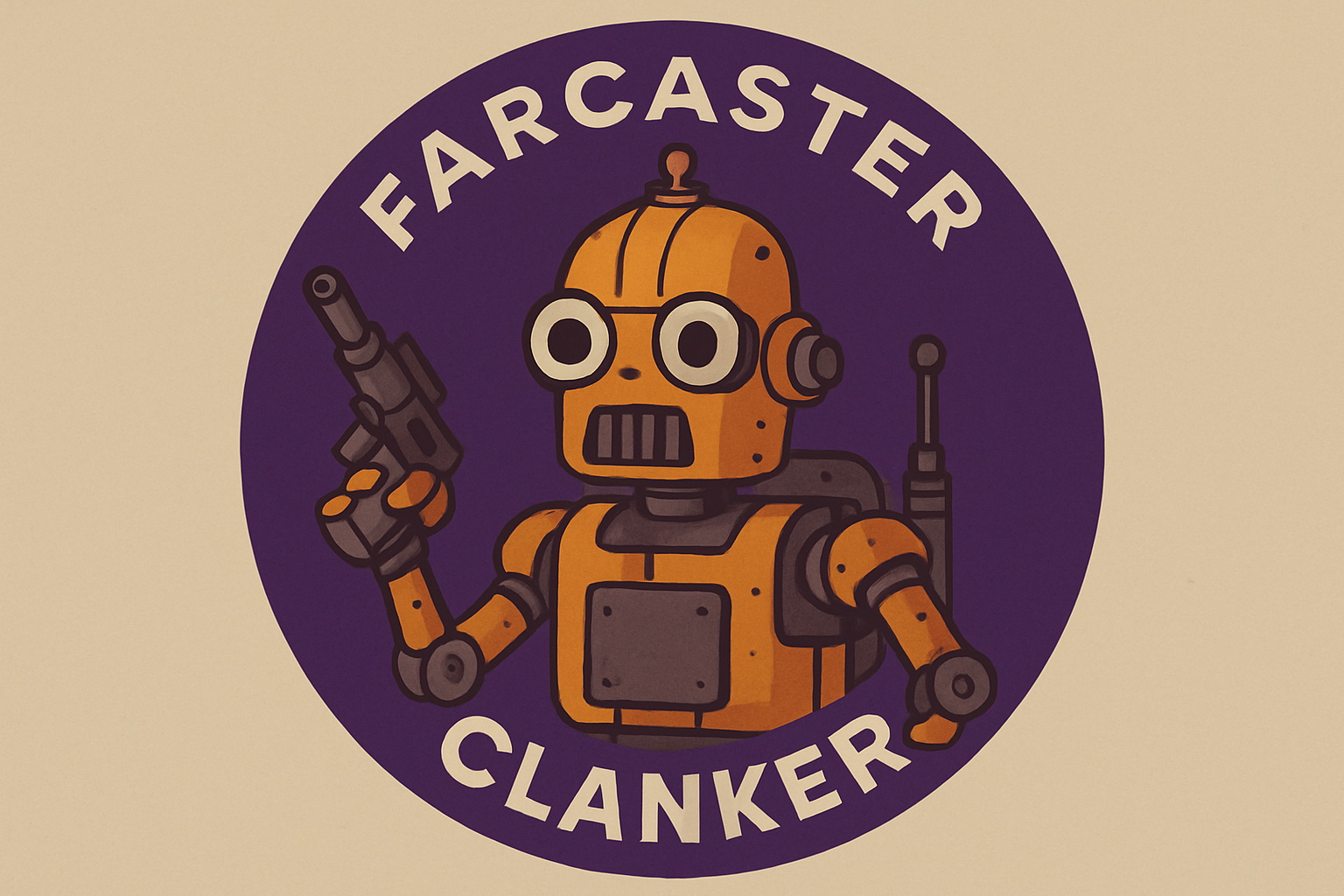
Token Creation via Clanker Bot: The Clanker bot enables users to launch their own ERC-20 tokens by tagging @clanker in a cast, making token creation accessible to everyone on Farcaster.
-
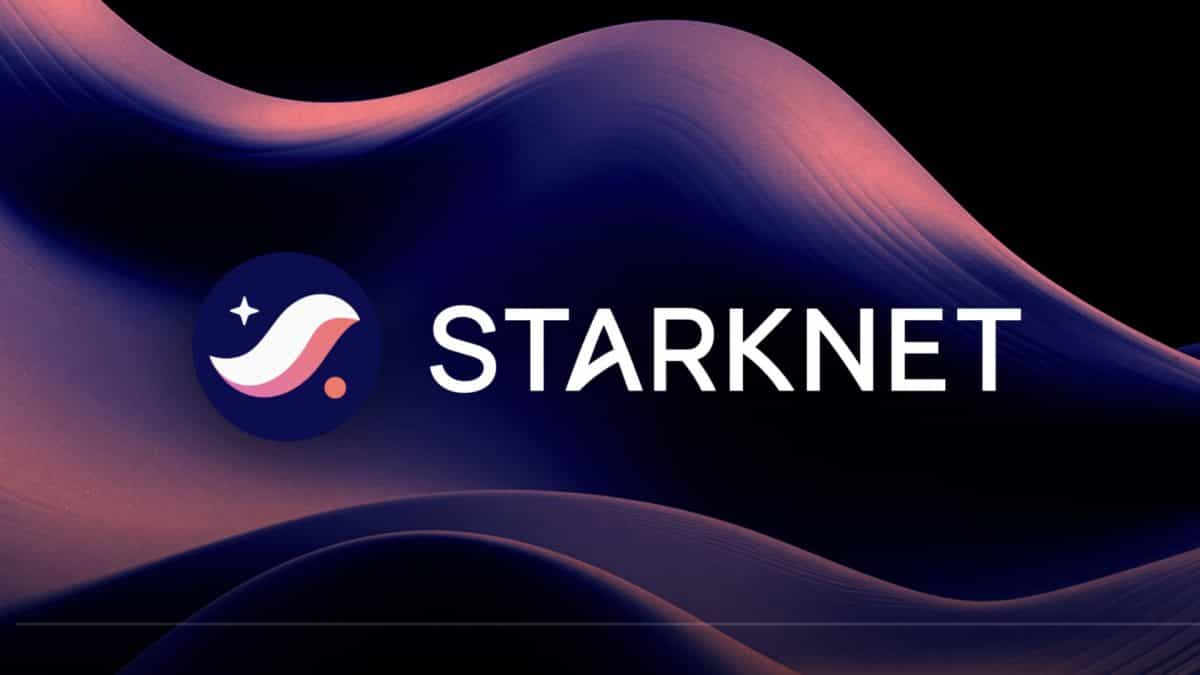
DAO Voting Integration with JokeRace: JokeRace Frames allow community members to participate in decentralized governance and voting directly from within Farcaster, enhancing on-chain decision-making.
-
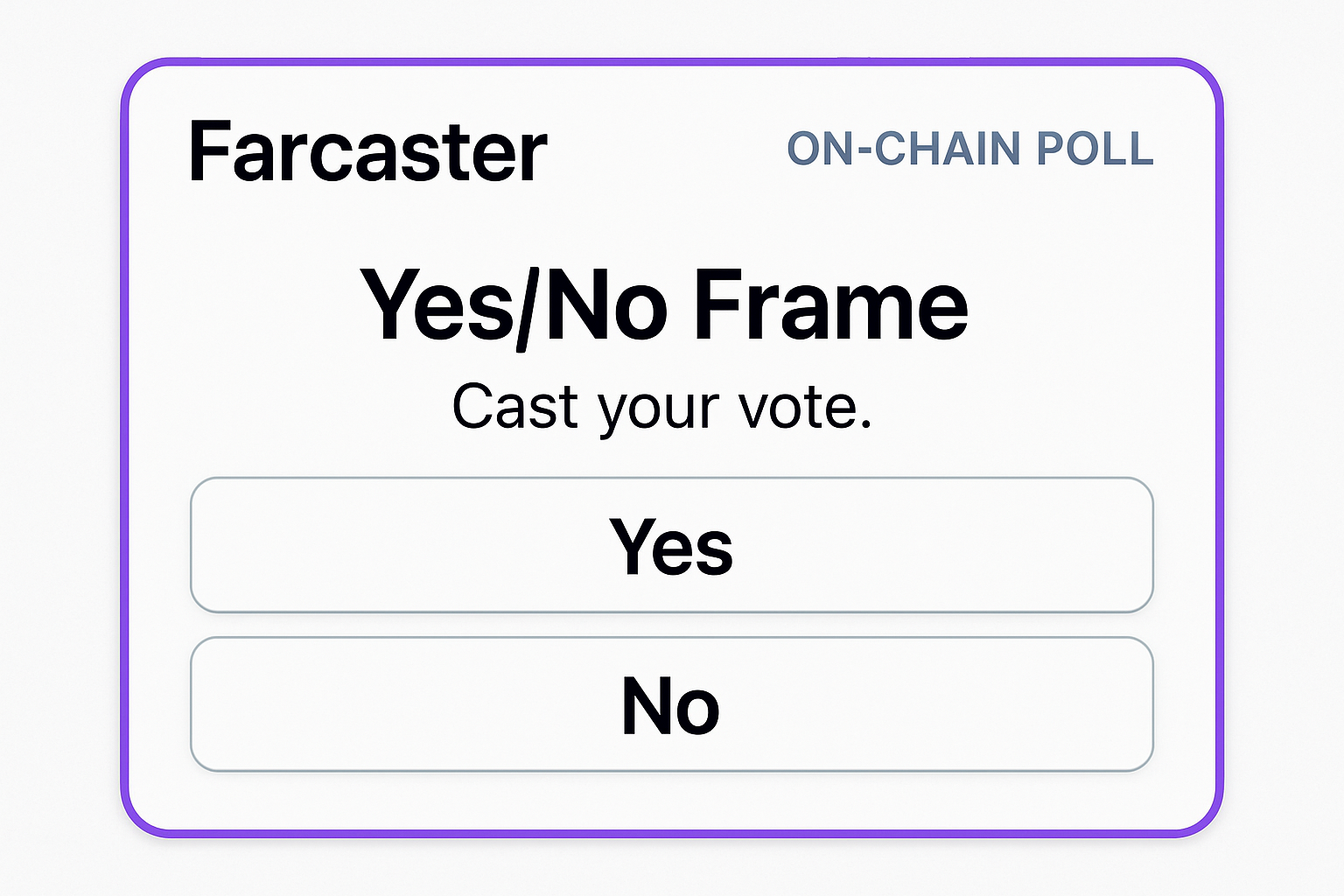
On-Chain Polls by Yes/No Frame: Interactive Yes/No Frames let users vote on-chain in real time, with results transparently recorded and displayed within Farcaster clients.
-
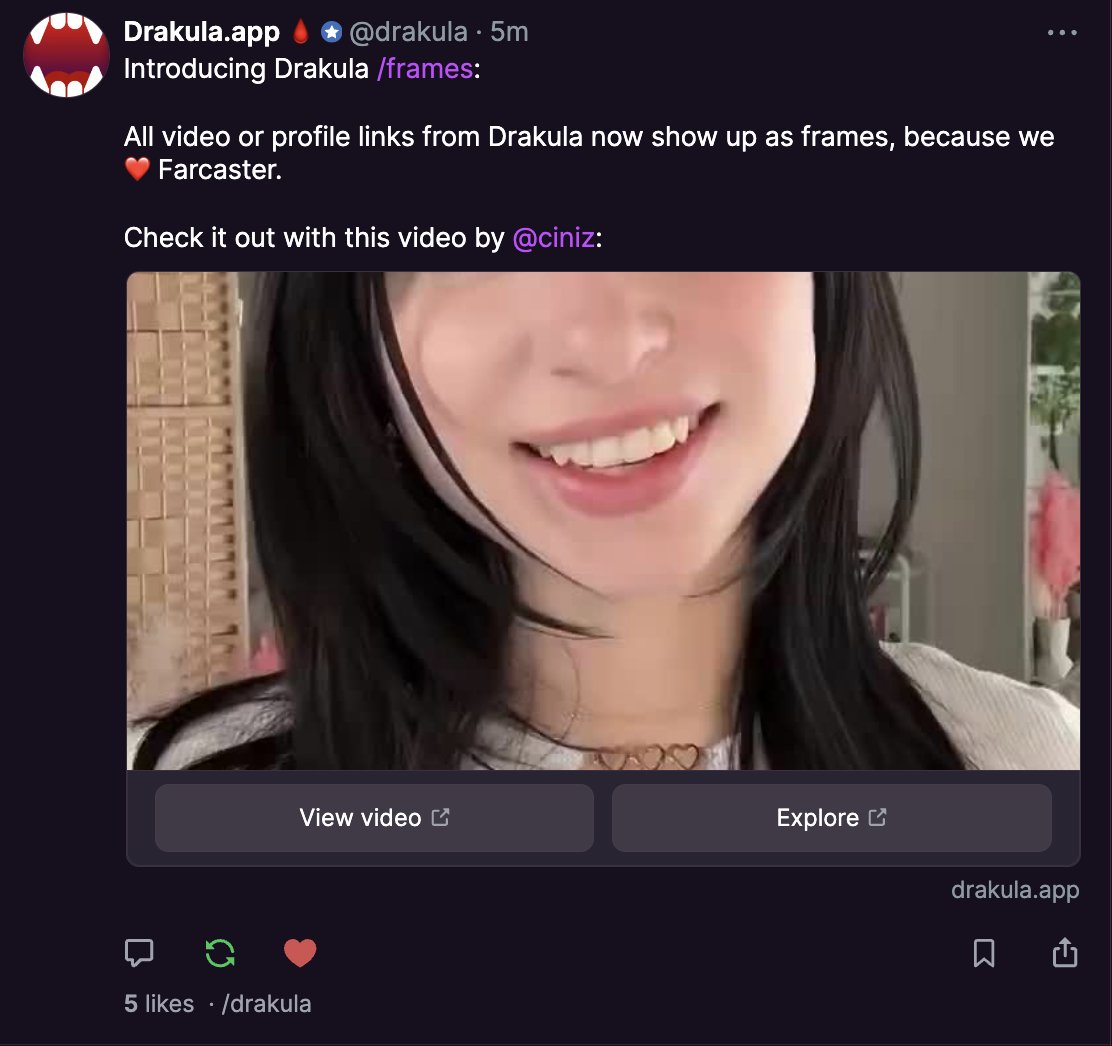
Community Tipping with Drakula: The Drakula tipping mini app allows users to send and receive crypto tips seamlessly through Farcaster, supporting creators and community engagement.
Frames, in particular, are driving a new wave of engagement. Imagine voting on DAO proposals or claiming airdrops without leaving your social feed. The ability to delegate Frame custody allows for collaborative governance models and richer user experiences, an evolution far beyond what’s possible on Web2 social networks.
Security and Best Practices
As with any on-chain activity, security is paramount. When connecting wallets or interacting with Frames that trigger transactions, always verify contract addresses and double-check permissions. Use hardware wallets for added security, especially if you’re experimenting with higher-value assets or building mini apps that interact with user funds.
For more on safe onboarding and protecting your identity, see our step-by-step beginner’s guide.
Tips for Growing Your Social Graph
Because Farcaster is an open protocol, your social graph isn’t locked inside a single app. You can take your followers with you across different clients or even export your data for use in other Web3 platforms. To maximize your reach:
- Engage with Frames: Participate in interactive posts to surface your profile.
- Experiment with mini apps: Try out NFT drops or token launches to attract early adopters.
- Cross-post: Share content across multiple Farcaster-enabled apps for broader visibility.
The more you interact and contribute value, the stronger your on-chain reputation becomes, a key pillar for future SocialFi monetization models.
What’s Next for Farcaster and Base SocialFi?
The integration of Farcaster and Base is still evolving rapidly. As the ecosystem matures, expect to see:
- More no-code tools for building Frames and mini apps
- Native support for additional token standards and DeFi integrations
- Enhanced privacy features and modular identity management
- New monetization models for creators and curators
For early adopters and developers alike, now is an opportune moment to shape the next generation of decentralized social networking. Whether you’re building mini apps or simply exploring new ways to connect online, Farcaster on Base offers a robust foundation for innovation.
“Invest in value, not just hype. ” As the SocialFi sector grows, focus on projects that empower users and foster genuine community engagement, qualities that Farcaster and Base are bringing to the forefront of Web3 social.

